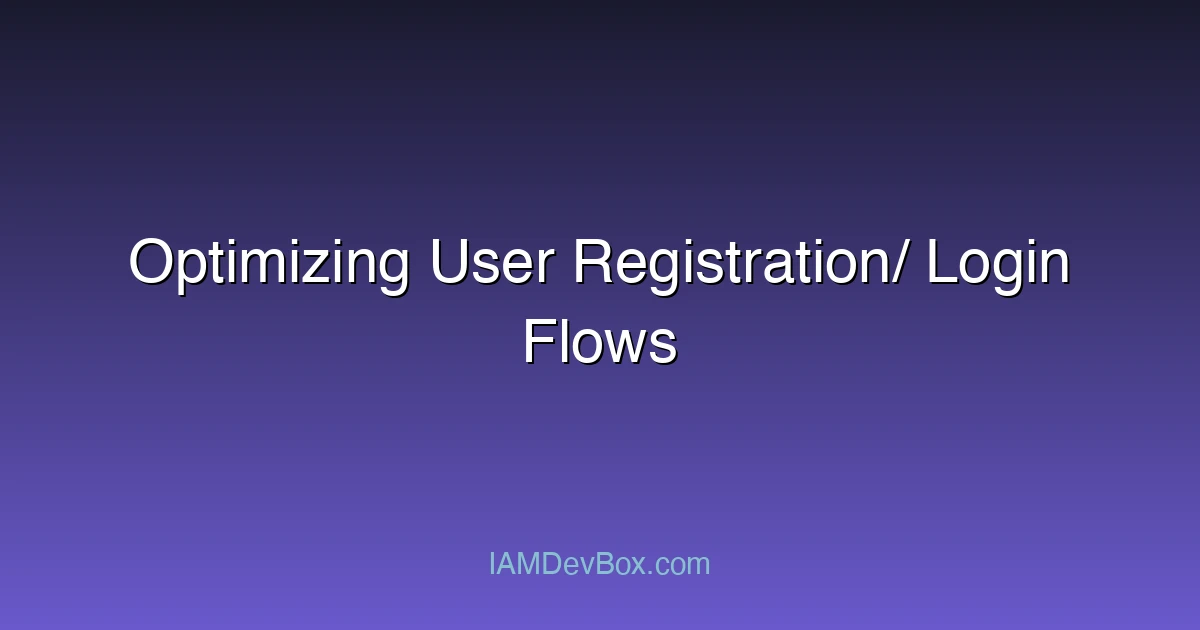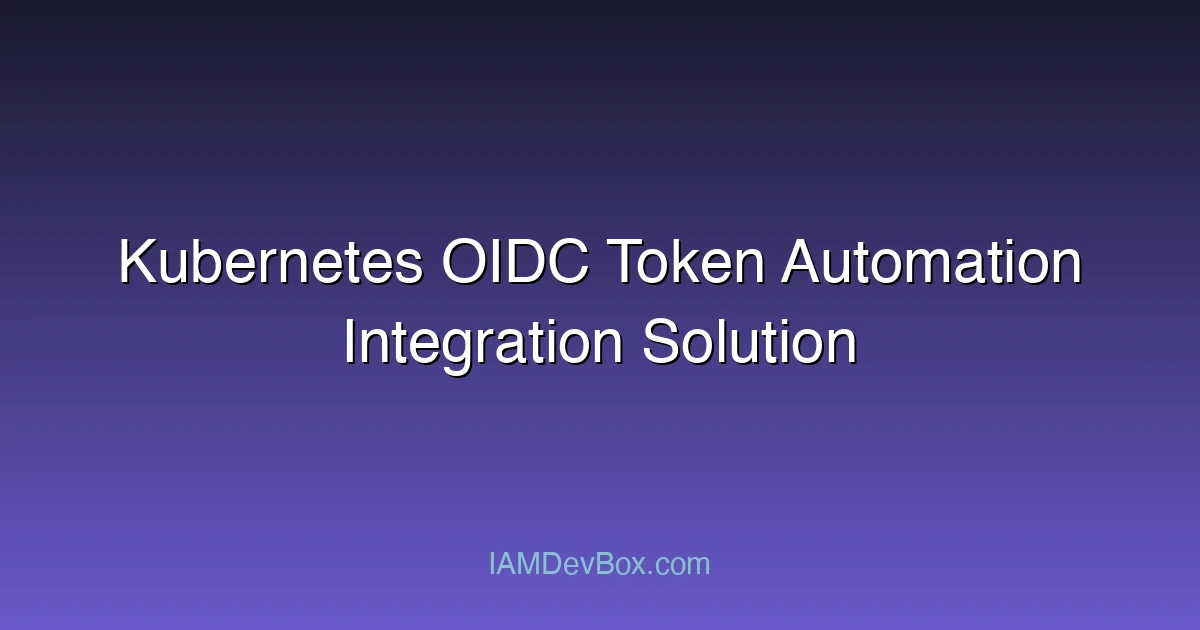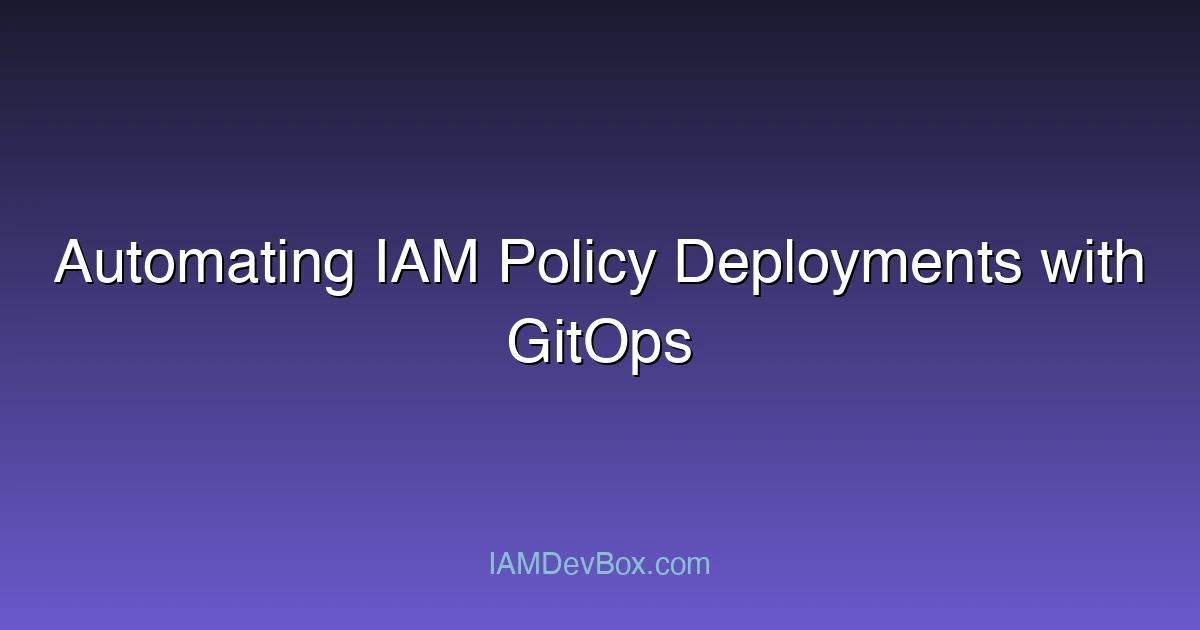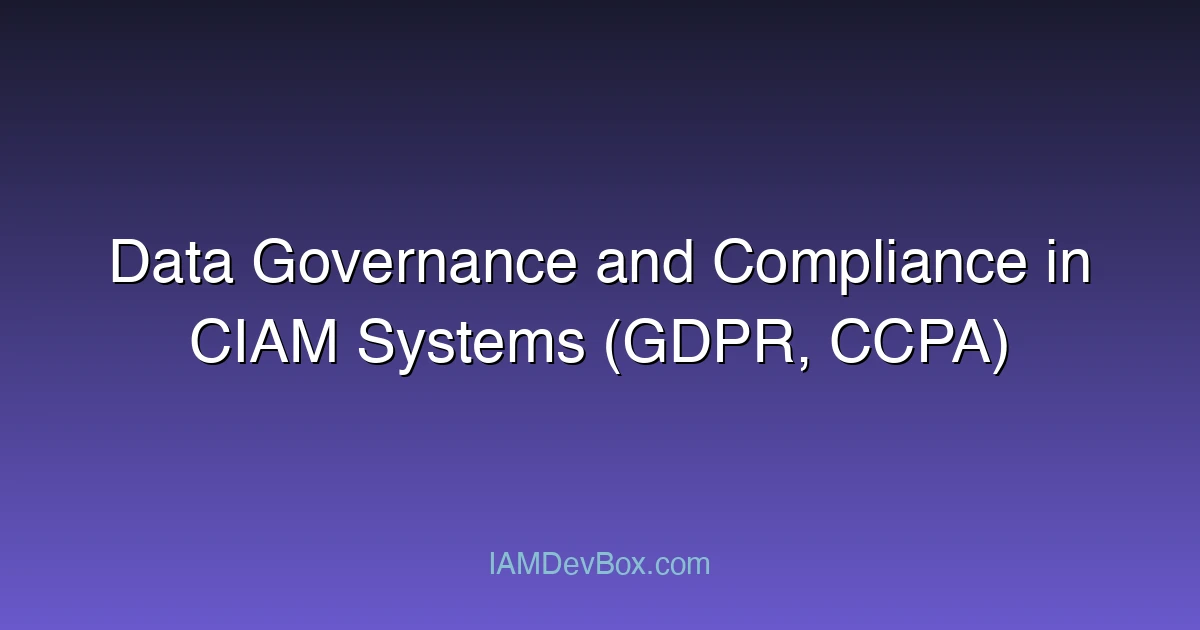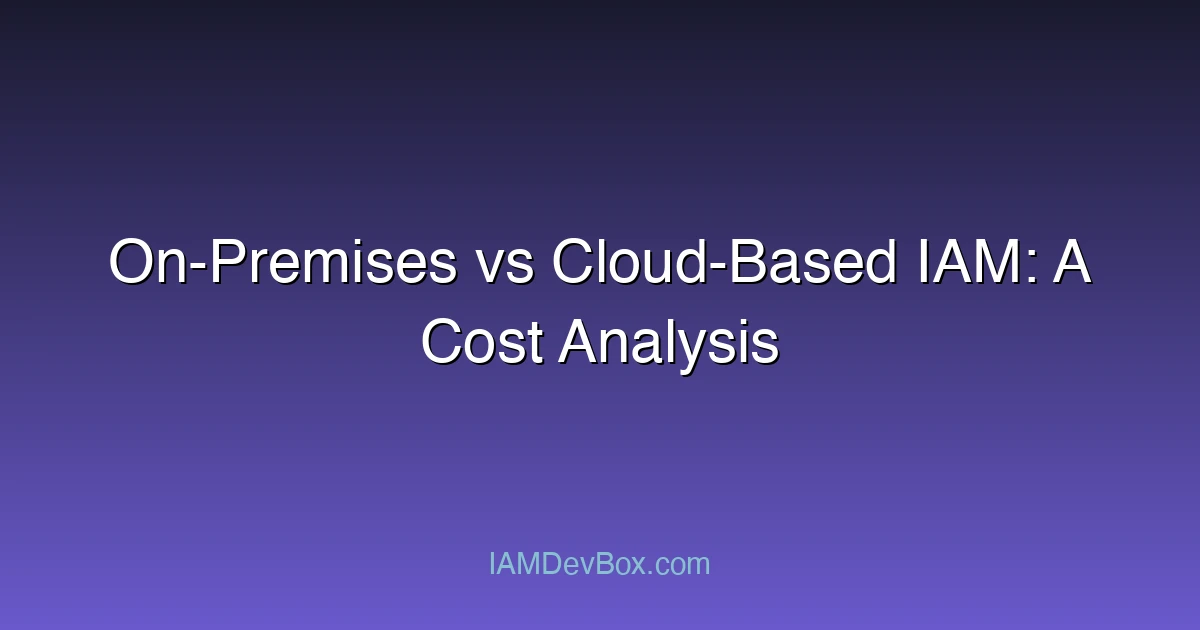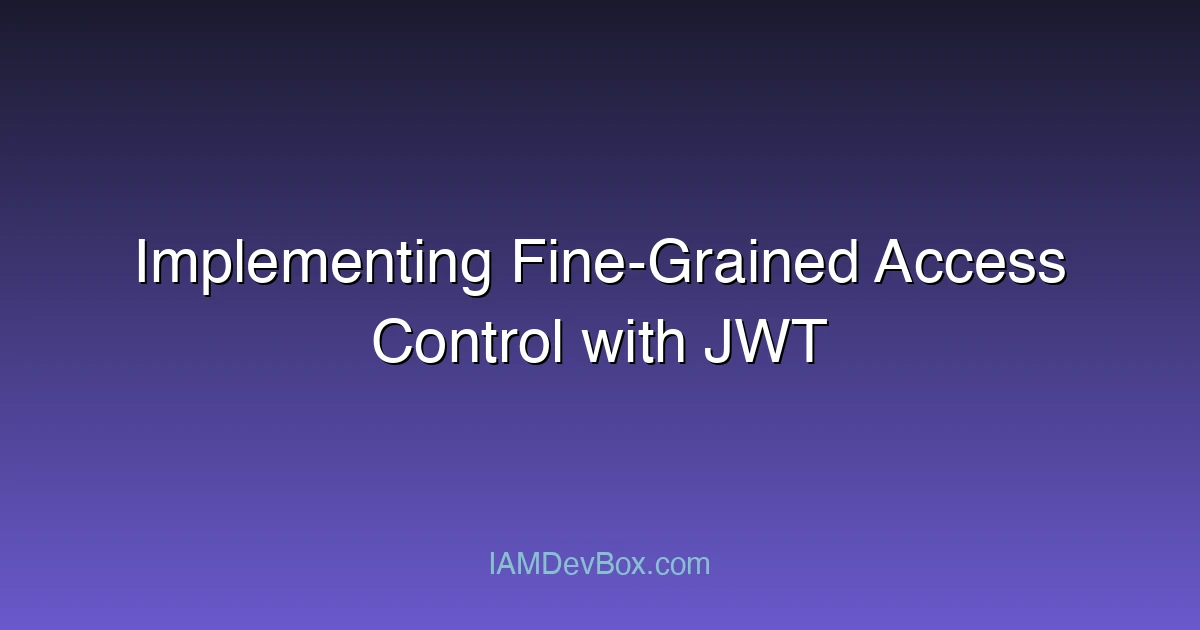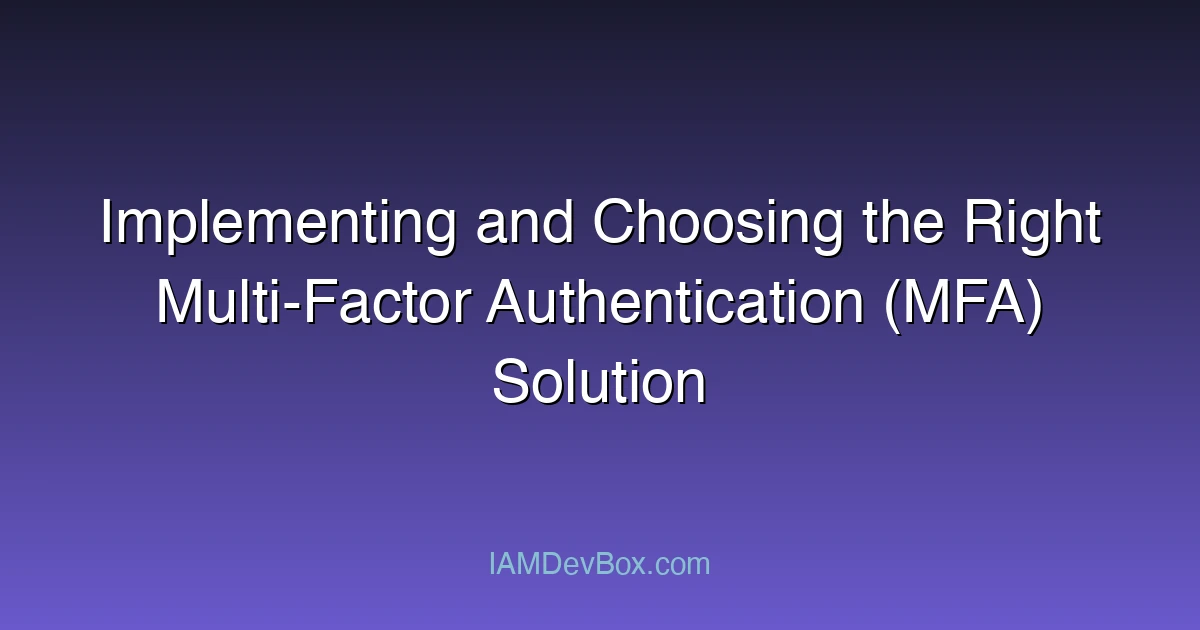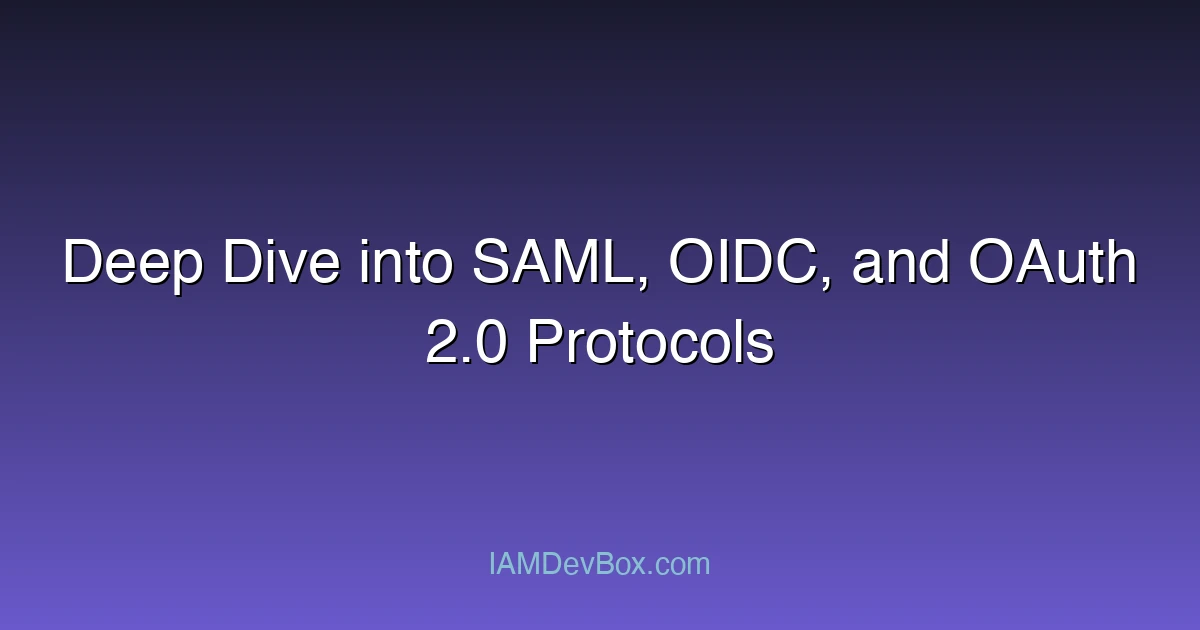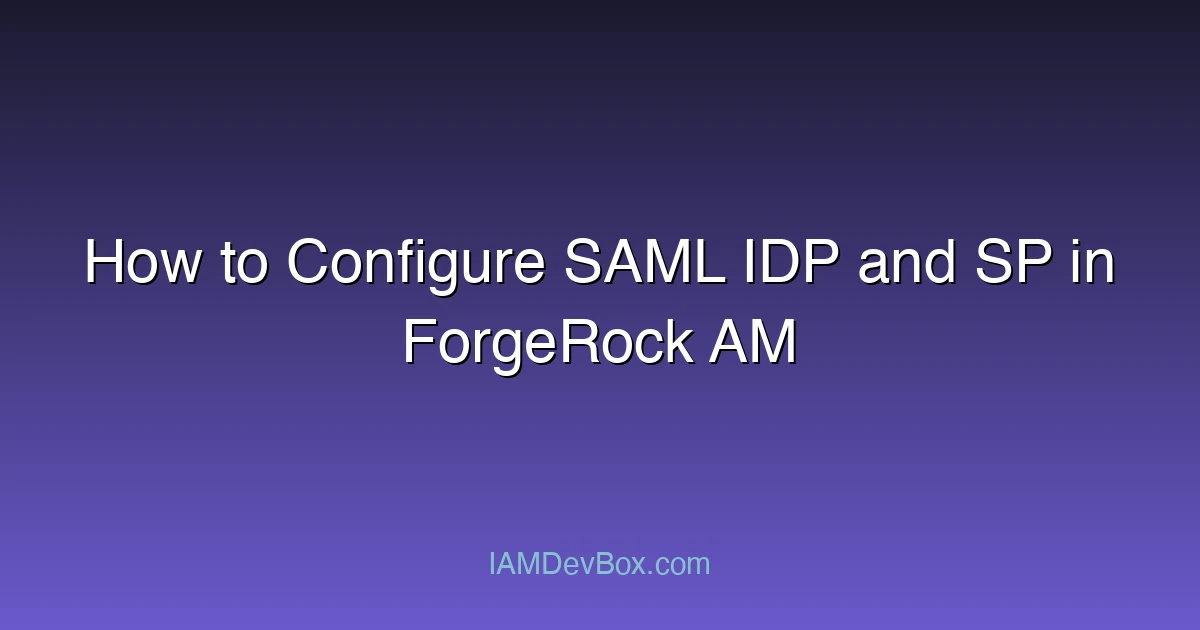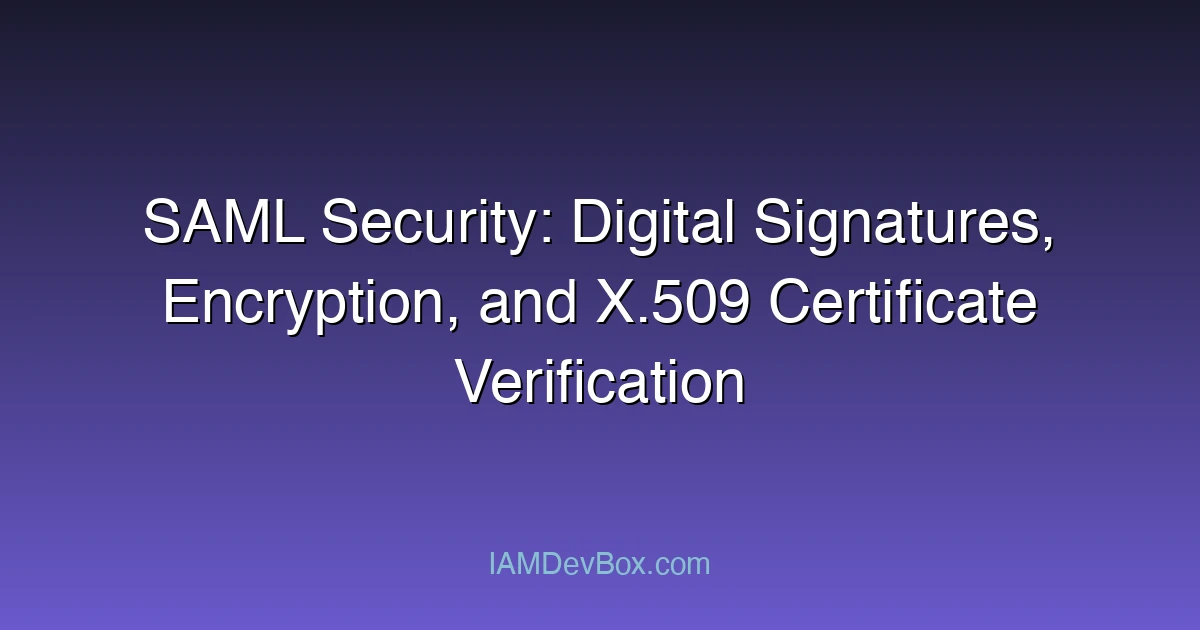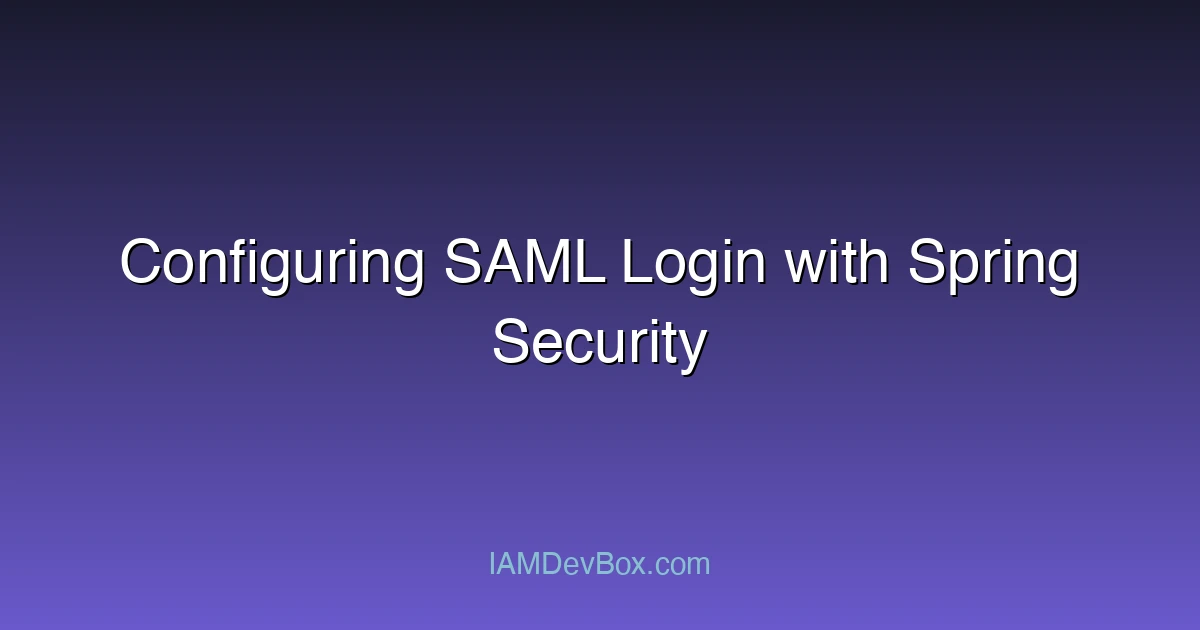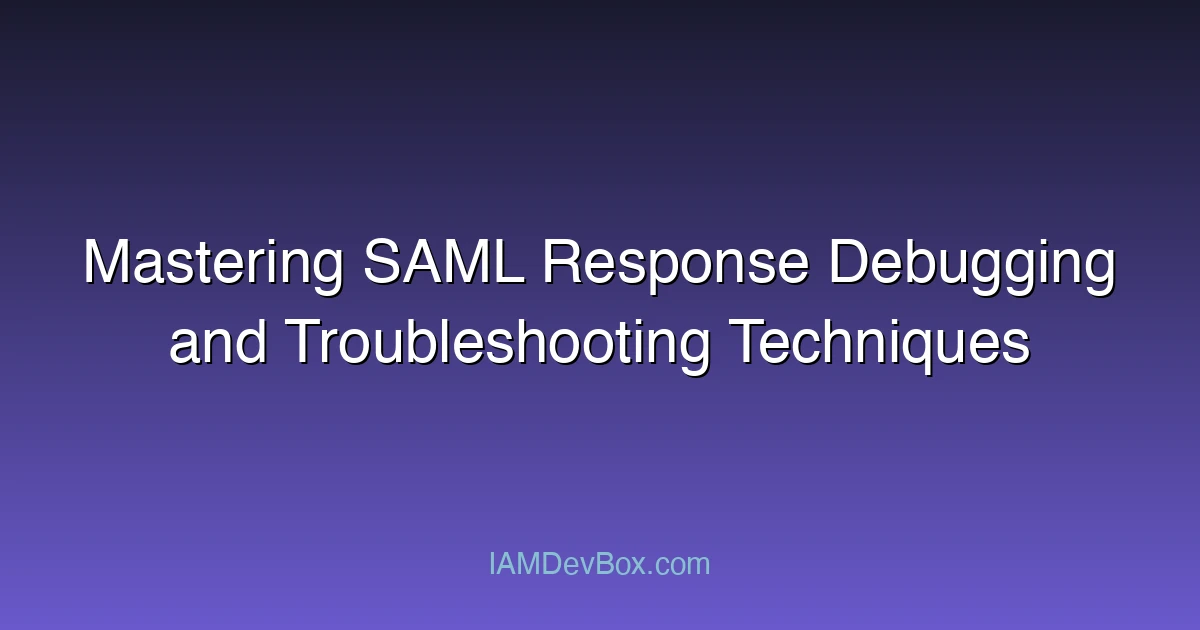
The 5 Core Skills Every IAM Architect Must Master
Visual Overview: sequenceDiagram participant User participant App as Client App participant AuthServer as Authorization Server participant Resource as Resource Server User->>App: 1. Click Login App->>AuthServer: 2. Authorization Request AuthServer->>User: 3. Login Page User->>AuthServer: 4. Authenticate AuthServer->>App: 5. Authorization Code App->>AuthServer: 6. Exchange Code for Token AuthServer->>App: 7. Access Token + Refresh Token App->>Resource: 8. API Request with Token Resource->>App: 9. Protected Resource In the ever-evolving landscape of cybersecurity, Identity and Access Management (IAM) has emerged as a cornerstone of secure digital ecosystems. As organizations increasingly rely on cloud-based services, microservices architectures, and distributed systems, the role of an IAM architect has become critical. This blog post explores the five core skills that every IAM architect must master to design robust, scalable, and secure IAM systems. ...
